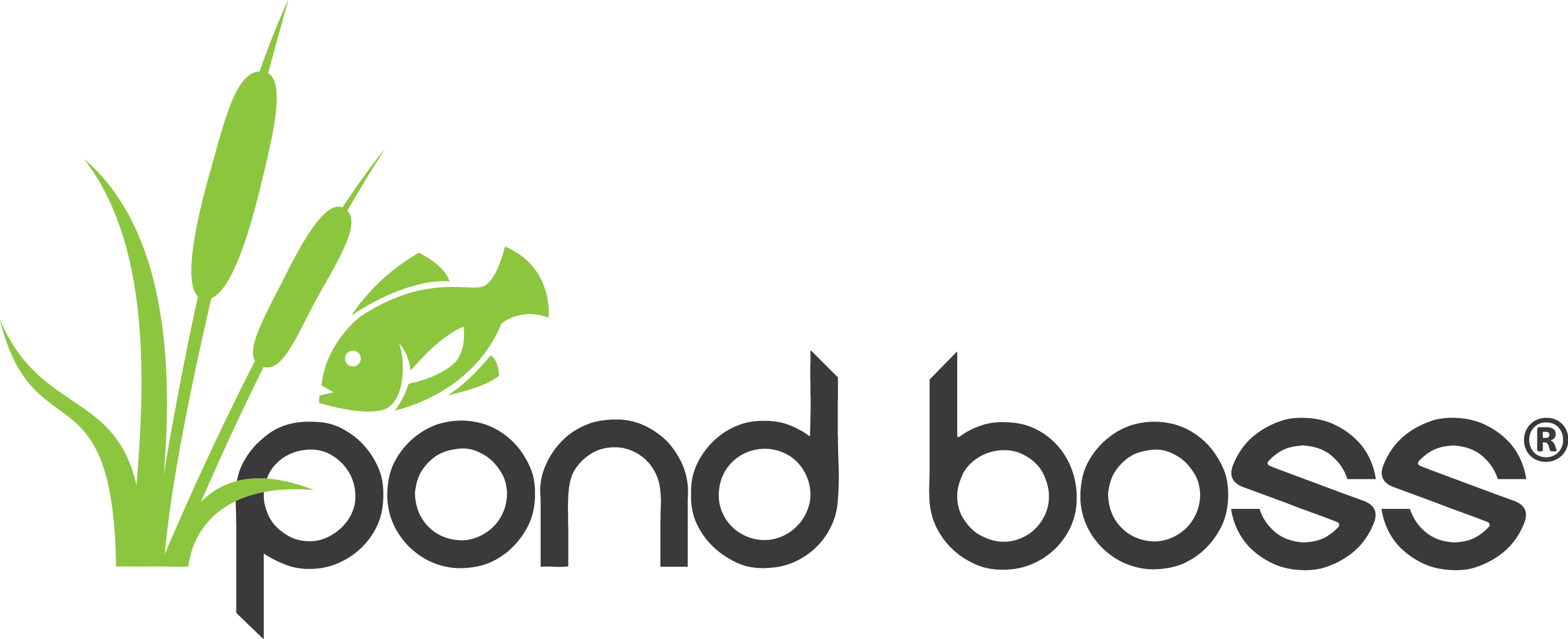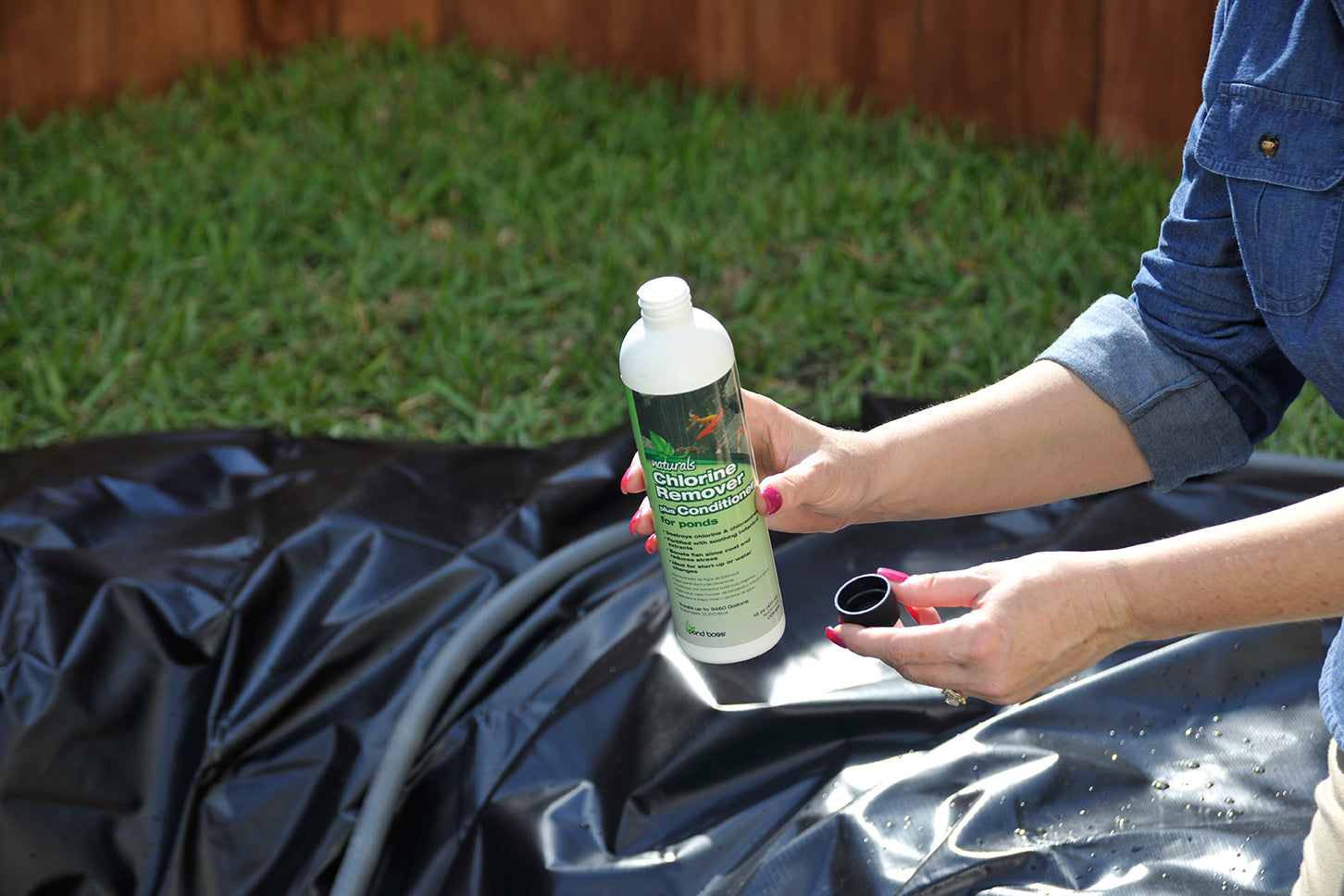
7 Things You Need Before Building a Pond
Spring is just around the corner, and it is a great time to consider adding a new pond so you will be able to enjoy it all year long. Here are a few things you need to get ready for your pond build.
- Location: When thinking about building a pond, location is so important not only for visibility, but it can also help in reducing unnecessary maintenance. Picking a location with moderate shading and moderate sunlight is optimal. Nearby trees can cast a shadow for parts of the day while not being directly overhead, this reduces the chance of leaves to falling in. If a partially shady location is not available, consider add aquatic plants to your pond once completed to provide some UV ray protection. The primary concern in location is visibility. Pick a spot you will be able to get the most enjoyment out of having a pond. Can you see it from a window in your home? Do you have a deck that will overlook it? Do you need something outside your kitchen window to enjoy while doing dishes? The choice is yours.
- Time: We have already suggested that spring is a great time to build a pond if you are considering an addition, but you may want to take a look at your calendar and set aside a weekend or two to work on this. Maybe one weekend for planning and digging and the next for setup. Spread out the work load as digging can take a lot out of a person you may want to take a week to relax before jumping into the assembly and setup.
- 811: Before you dig it is always important to call 811 to ensure there aren’t any buried power lines in the location you have chosen.
- GFCI Outlet: Make sure that you have a GFCI outlet outdoors near your location or in a location that you will be able to run a cord to. If you do not have a GFCI outlet, it is highly recommended you make the switch for safety purposes. It is always better to be safe than sorry. We recommend speaking to your local electrician if you have any questions.
- Tools: If you are taking on the project of building your own pond, you may already have most of the recommended tools needed, but take a look at our common tools needed list to see if you need to make any additions to your collection.
- Shovel: You will be doing a good amount of digging. Make sure you have a shovel to help you get the job done quickly and easily.
- Level: When building a pond, you will want to make sure your edges of your pond are level so water does not escape your pond through the more shallow edge. Also, if you are adding a waterfall, a level will come in handy to make sure your spillway has a beautiful even flow.
- Hacksaw: You may find during construction that your tubing needs to be shortened in length and adapters may need to be cut to fit a certain diameter of tubing to produce the best results. A hacksaw is going to be the easiest tool to use for this with a fine toothed blade and a handle for ease of use.
- Screwdriver: A screwdriver will be beneficial if you add any tubing clamps for extra measure to ensure that your tubing stays attached to your product.
- Scissors: Will be used in trimming any excess liner upon competition of your pond build.
- Supplies: Now you need to pick the supplies you will be using for you pond. Most of these supplies will be chosen based on your pond size in gallons.
Use one of the following formulas to determine your pond’s gallons based on shape:
Circular: diameter (ft.) x diameter (ft.) x depth (ft.) x 5.9 gallons = total gallons of water
- Liner: You have the option of PVC which is lighter and more flexible and EPDM which is thicker and more durable. You can view all your liner options here.
- Pump: Pick a pump size that is listed closest to your total number of gallons you will be looking at the pond pump options or if you will be adding a waterfall the waterfall pump options.
- Tubing: Your tubing selection will be based on compatibility of your pump as it will connect to your features.
- Filtration: Helps keep your water healthy and clear. Browse a variety of filtration options from a pressurized pond filter with UV to a filter box.
- Chlorine Remover: Any time you start a pond it is a good idea to add a Chlorine Remover to make your tap water safe for fish and plants.
- Water: A pond would not be complete without water, so have your hose ready to fill it up.


